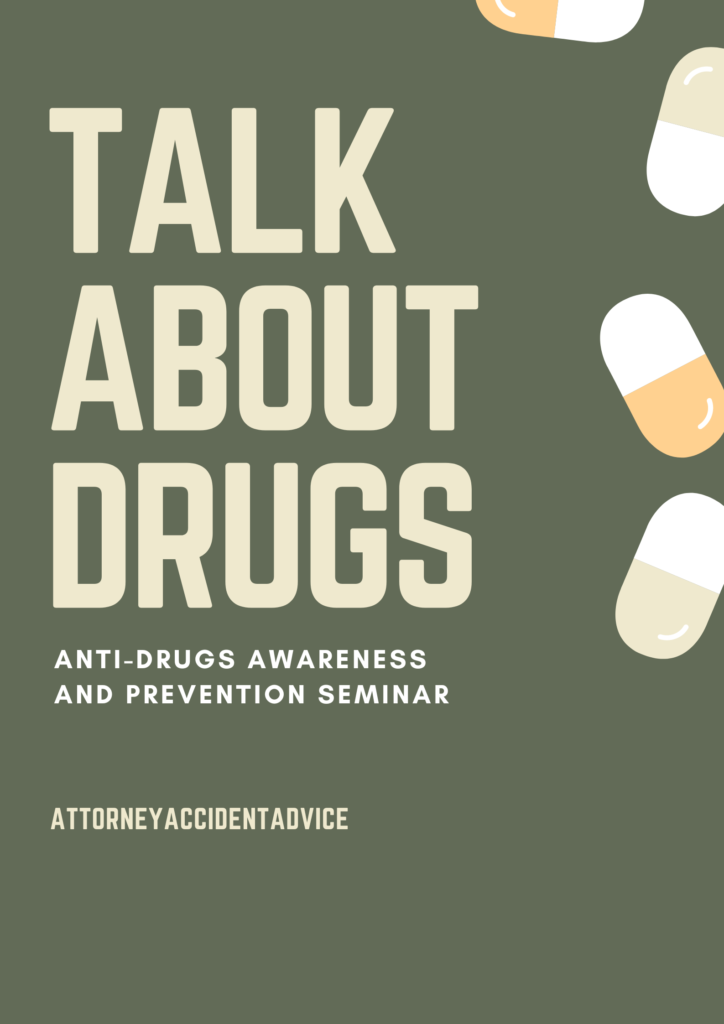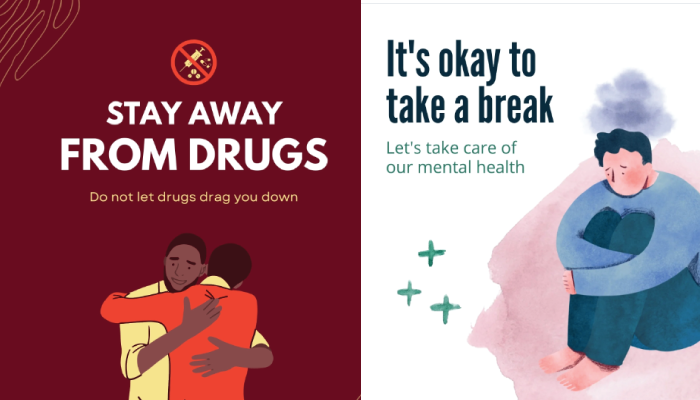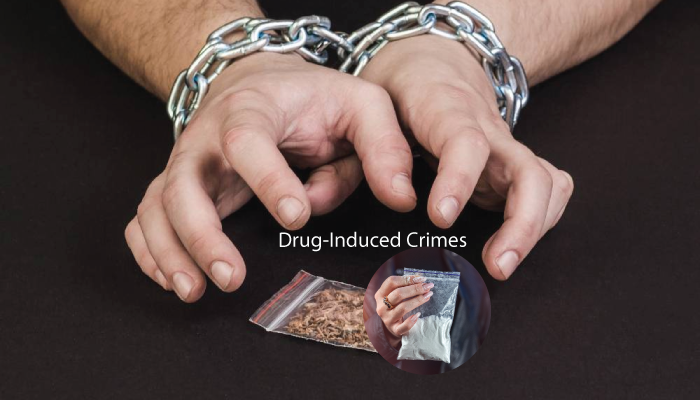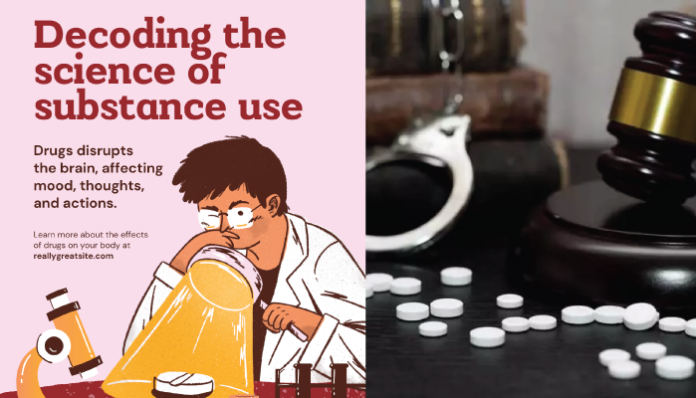A drugs Connected crime is a crime to take over, manufacture, or distribute drugs continues as having a potential for abuse such as cocaine, heroin, morphine and .
Drug Offenses
Drug offenses
A drug offenses is a criminal act that is related with illegal drugs. That includes possession, trafficking, manufacturing, distributing or illegal use of it.
Punishment for drug offenses depends on the jurisdiction and the specific nature of the offense. Addressing to public health and safety concerns, such laws aim to regulate and control the possession and distribution of drugs.
Drug offenses surrounds a wide range of illegal activities. For example,

Possession of illegal Drugs
Carrying illegal drugs for personal use or for someone else is a crime. It doesn’t matter whether its yours or not even if you didn’t know it’s a illegal drug, if you get caught with it you have to face legal consequences. Not all of these crimes are always brought to CPS, for example if you get caught with cannabis the police might just warn you or fine you on the spot.
Distribution or Trafficking :
Selling , transporting or trading illegal drugs in large quantity is a crime. Its similar to possession, but in drug trafficking the criminal knows what he is doing. A person might not know if he is caring any illegal drugs or not, but it impossible to unaware of trafficking or distributing drugs in large quantity.
Manufacturing :
Illegally manufacturing of drugs for distributing or trafficking is a serious crime. Even if you are directly not related to manufacturing but linked with it, you can be charged with production of drugs.
Possession with Intent to Distribute :
You will be charged with these offense if you get caught selling or charring with the intention of distribution. This charges might rely on the amount and area of the drugs as well as the means taken to prepare it for ahead supply.

Conspiracy :
Conspiracy refers to agreement between two criminals to commit a crime. It involves joint efforts with the intention of carrying out these crimes. In some jurisdictions, conspiracy may require an overt act, means the crime have already committed . Not all jurisdictions need this requirement, and some only need the agreement and intent.
Prescription drug offenses:
Prescription drug offenses refers to illegal activities related to the possession, distribution, or abuse of prescription medications. Means caring prescribed drugs illegally from friends or family and illegal use or supply of it. Sometimes criminals forge prescriptions to carry drugs. Criminals often visit multiple doctors to obtain multiple prescriptions for the similar medications without disclosing previous prescriptions.
Drug-Induced Crimes :
Drug-Induced Crimes refers criminal act that are results of drug effects. These offenses are often committed under the influence of drugs. They commit crimes for using it personally due to addiction, selling or distributing whatever the intention is. Drugs contribute to aggressive behavior, leading to crimes such as assault, domestic violence, or robbery. Most of time they commit crimes to fund their drug habits.

In the context of drug laws, substances are categorized into five schedules based on their potential of abuse. For example
Schedule I : Substances in this category have high potential of abuse & have no medical use in treatment. Such as heroin, LSD, and ecstasy/MDMA.
Schedule II : Substances in this category also have high potential of abuse but have accepted in medical use with severe restrictions. For example, morphine, cocaine, and methamphetamine
Schedule III : Drugs in this category have less potential for abuse than schedule I & schedule II. Also accepted for medical uses, and moderate to low psychological dependence. For example anabolic steroids and some barbiturates.
Schedule IV : Drugs in this category have less potential for abuse then Schedule III, accepted for medical uses and lower psychological dependence. For example Xanax and Valium.
Schedule V : Drugs in this category have lower potential for abuse than those in Schedule IV, accepted for medical uses & consist primarily of arrangements containing restricted amounts of specific narcotics. For examples cough preparations with less than 200 milligrams of codeine per 100 milliliters.

Penalties for drug offences
Schedule I & Schedule II: In these two category if any individuals get caught with drugs that contains Gamma Hydroxybutyric Acid, it doesn’t matter what amount you are caring, for first offence you will face legal concequensesnot more then twenty years, if any death or serious injury involved not less then twenty years or more then life time & fine up to $1 million for individual, if not then up to $5 million.
For the second offence, not more than thirty years ,if any death or serious injury involved life imprisonment& fines up to $2 million for individual, if not than 10 million.
Schedule III: In this schedule if you get caught, for first offence you will face legal concequensesnot more then ten years, if any death or serious injury involved then not more then fifteen years& fines up to $5,00,00 for individuals, if not than $2.5 million.
For the second offence, not more then twenty years, if any death or serious injury involved than not more then thirty years& fines up to $1 million for individuals, if not than $5 million.
Schedule IV : In this category only penalty for 1 grams of flunitrazepam have to face the same legal consequences as Schedule I & Schedule II. If found more than 1 gram sthan have to face the same penalty as rest of the drugs of Schedule IV, which are for the first offence, not more than five years & fines not more than $2,50,000 for individuals, if not than $1 million.
For second offence,not more than ten years, fines not more than $5,00,000for individuals, if not than $2 million.
Schedule V : In this category, not more than one year& Fine not more than $1,00,000 if an individual, if not than $2,50,000.
For second offence, not more than four year& Fine not more than $2,00,000 if an individual,if not than $50,00,000.
It’s important that these drug schedules can vary between countries. Additionally, the classification of certain drugs may be subject to change based on new research and evolving perspectives on drug policy.


help full